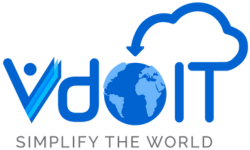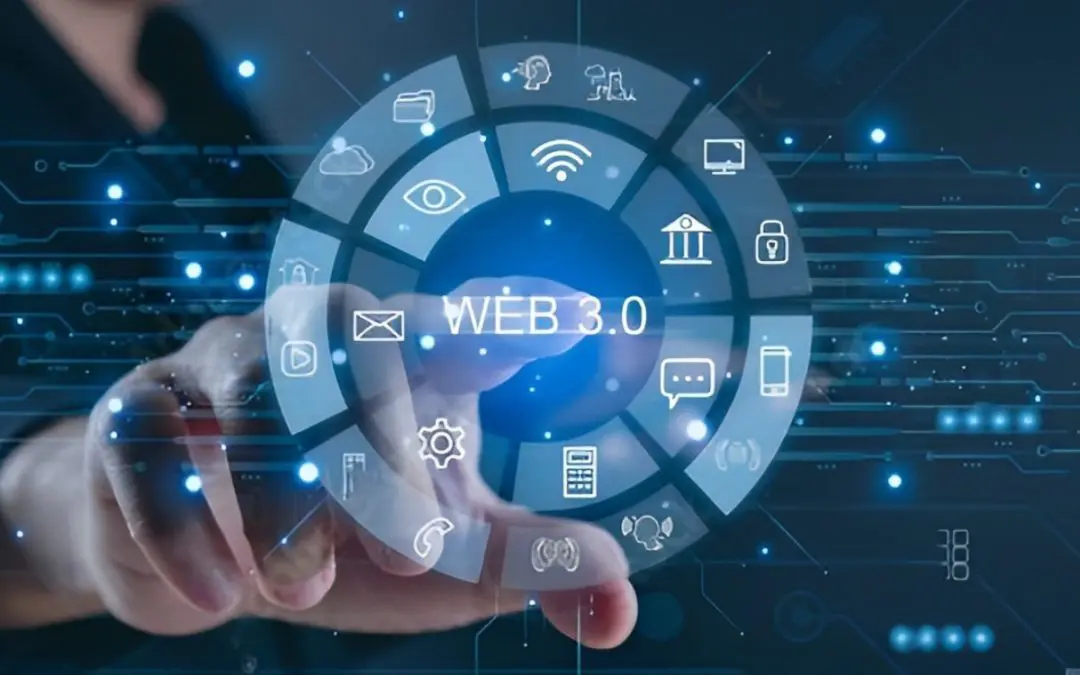Before we delve into web3
I will never know the response
But on which device are you reading this?
It is highly likely that you are using a centralized platform, where the ownership of your data lies beyond your control.
In 1822 Charles Babbage invented 1st computer.
and on, January 1, 1983 Internet was born and world transformed.
Internet is a global network of interconnected computers and devices that facilitates the sharing of information and communication.
Web 1.0
In the initial version of the Web, a small group of creators produced web pages and content for a larger audience, enabling them to access information and content from various sources.
During this era, the web primarily served as a platform for publishing and accessing information. Websites were predominantly text-based and offered a one-way flow of information, where users could only consume content but had limited ability to contribute or interact with it.
Web 1.0 lacked advanced features such as social media, interactive applications, and dynamic content generation.
It was a foundational phase that laid the groundwork for the more interactive and participatory web experiences seen in subsequent versions.
For example, a news website from the early days of the Internet that only displayed news articles without user commenting or sharing options. Users could read the articles and contact website administrators via email, but there were limited opportunities for user-generated content, social sharing, or interactive features seen in later web versions.
Web 2.0
Web 2.0 is the second generation of the World Wide Web that introduced significant advancements and changes compared to its predecessor, Web 1.0.
It is characterized by a shift from static websites to dynamic and interactive web platforms. In Web 2.0, users play an active role in creating and sharing content, fostering user-generated content (UGC), social media, and collaborative platforms.
Web 2.0 emphasizes user participation, interactivity, and user-friendly interfaces. It has transformed the way people interact, communicate, and access information online.
For example, take Facebook. It allows users to create profiles, connect with friends, share posts, photos, and videos, comment on others’ content, and participate in various online communities.
Unlike Web 1.0, Web 2.0 platforms provide a highly interactive and participatory experience.
Web 3.0
Web3 (also known as Web 3.0) is an idea for a new iteration of the World Wide Web which incorporates concepts such as decentralization, blockchain technologies, and token-based economics.
In one word, decentralised internet is what Web 3.0 is.
The concept of a decentralized internet revolves around the idea of restructuring the web to reduce reliance on centralized authorities and promote a more open, secure, and democratic online ecosystem. In a decentralized internet, power is distributed among a network of peers, allowing for greater privacy, censorship resistance, and user control.
By leveraging technologies such as blockchain, peer-to-peer networks, and distributed ledger systems, a decentralized internet aims to eliminate single points of failure, protect user data from unauthorized access, and enable direct peer-to-peer interactions without intermediaries.
This shift from centralized servers to distributed networks can enhance the resilience and reliability of the internet, reducing the risk of widespread service disruptions or data breaches.
Why Web3?
Do you want your data to be owned by someone else?
If not, this is why we need web3.
Web3 aims to solve the data monopoly problem in Web 2.0. It is trustless: it operates using incentives and economic mechanisms instead of relying on trusted third-parties. The major aim of Web3 is to give back the internet power to the users instead of companies.
Conclusion: What is web3 and Why?
The transition from Web 1.0 to Web 2.0 has reshaped the digital landscape, placing the power of content creation and interactivity in the hands of users.
However, with the emergence of Web3, we witness a truly decentralized internet, offering unprecedented control, privacy, and security.
Whether you need assistance in building decentralized applications (dApps) on blockchain platforms or integrating Web3 protocols into your existing systems, we have you covered. We understand that every business is unique, which is why we take a personalized approach to our services.
As a leading Web 3.0 Development Company, we are dedicated to delivering cutting-edge solutions that harness the power of Web3 technology.

